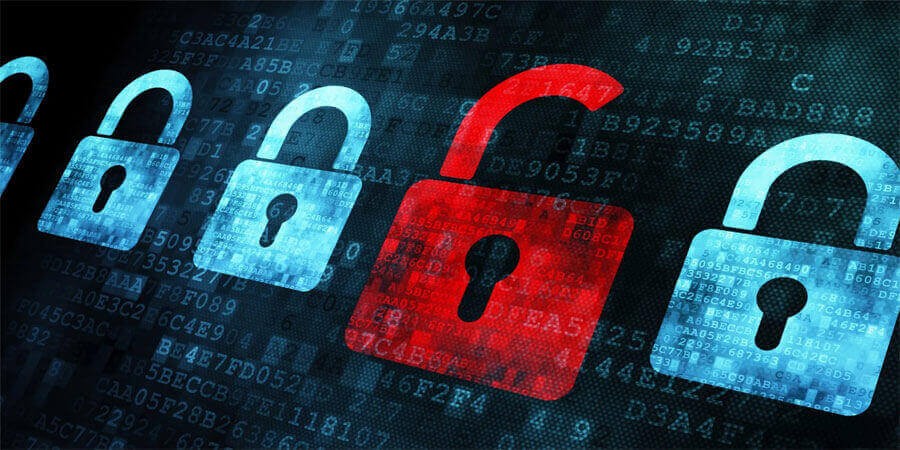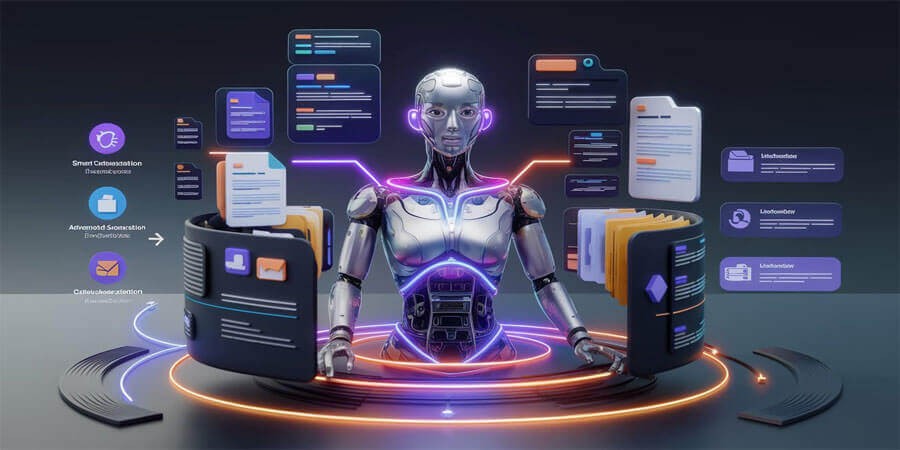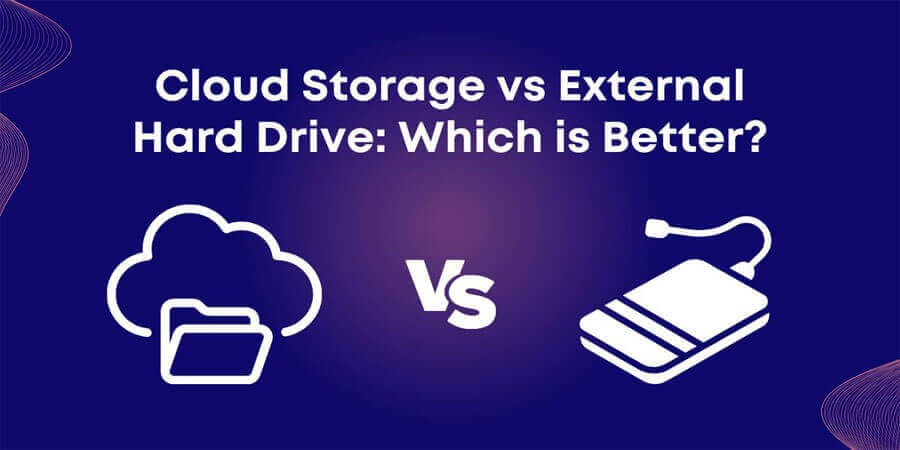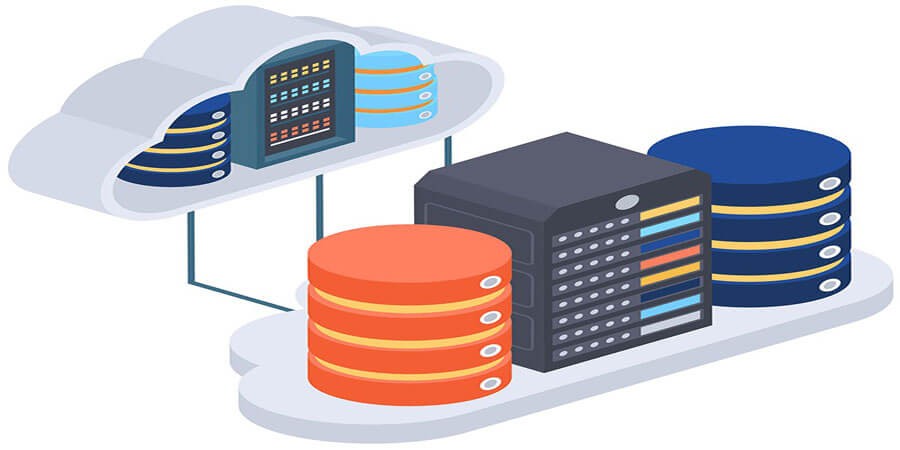

Top File Security Risks and How to Protect Your Data
Introduction
In a digital age marked by increasing connectivity and data-driven processes, files have become the lifeblood of our personal and professional lives. From private photos stored on personal devices to critical financial records on corporate servers, file security is paramount. Yet, cyberattacks, insider threats, and unintentional mistakes can expose sensitive data. Understanding the top file security risks—and how to mitigate them—helps ensure your files remain confidential, unmodified, and always accessible to those who need them.
This guide explores the most prevalent and damaging file security risks—ranging from ransomware and phishing to misconfigurations and insider leaks—and offers practical strategies for protecting data. Whether you’re a home user or an enterprise IT manager, these insights will help you adopt measures that strengthen file security, reduce vulnerability, and foster safe data-handling practices.
1. Unsecured Network Connections
1.1 Public Wi-Fi Eavesdropping
-
Attackers on the same open Wi-Fi hotspot can intercept or tamper with data transmissions.
-
If your file transfers or logins aren’t encrypted, man-in-the-middle (MITM) attacks are possible.
How to Protect
-
Use HTTPS-based file sharing or SFTP for secure file transfers.
-
Consider a VPN on public Wi-Fi.
-
Avoid sending sensitive attachments or credentials over plain HTTP or email on insecure networks.
Scenario: A remote worker finalizes a contract at a coffee shop’s open Wi-Fi. Without a VPN, an attacker could grab the file mid-transfer, exploiting it for identity theft.
2. Malware and Ransomware
2.1 Malware Infection
-
Trojan horses and viruses can modify or steal files. Keyloggers may capture credentials to then access data.
2.2 Ransomware
-
Encrypts your files, demanding payment for a decryption key. Even paying doesn’t guarantee restoration.
How to Protect
-
Maintain updated antivirus/EDR solutions, scanning regularly.
-
Use real-time monitoring that detects suspicious file encryption behavior.
-
Keep offline or immutable backups. If ransomware attacks, you can restore unaffected copies.
Pro Tip: Ransomware remains one of the biggest threats to file security. Frequent backups plus robust anti-malware form the best defense.
3. Phishing and Social Engineering
3.1 Credential Harvesting
-
Attackers trick users into entering login credentials on fake sites, then use them to access confidential files.
3.2 Malicious Links / Attachments
-
An email claims you must view a doc or instructions. Opening it triggers malware that exfiltrates or corrupts files.
How to Protect
-
Train staff and family to spot suspicious emails and domains.
-
Deploy email filters that check for known malicious patterns.
-
Use multi-factor authentication so stolen passwords alone won’t suffice.
Scenario: A HR employee receives a fake “Resume.docx” that actually drops a Trojan. The Trojan scans the network, grabbing departmental spreadsheets. MFA or robust scanning could have blocked it.
4. Insider Threats
4.1 Disgruntled Employees
-
Staff with legitimate file access might copy or leak sensitive data upon exit.
-
This can happen if file permissions are overly broad.
4.2 Accidental Exposure
-
Well-meaning employees might share a public link or store files on personal drives with minimal security.
How to Protect
-
Principle of least privilege: limit user/folder permissions to what’s essential.
-
Revoke access promptly during offboarding.
-
Implement file access logs or Data Loss Prevention (DLP) solutions to detect unusual patterns.
Pro Tip: Clear, documented offboarding procedures reduce the chance of old accounts or leftover credentials letting ex-employees continue accessing data.
5. Poor Password Hygiene
5.1 Weak or Reused Passwords
-
Attackers guess or brute force passwords. If reused, a breach on one site leads to compromised access on others.
5.2 Lack of MFA
-
If only a password stands between an attacker and your crucial documents, credential leaks can be catastrophic.
How to Protect
-
Use a password manager to generate unique, random credentials.
-
Enable multi-factor authentication on all critical platforms.
-
Avoid dictionary words, personal info, short passwords.
Scenario: A marketing manager used “Spring2023!” for Dropbox and personal email. A data breach from an unrelated website let attackers test that password on her Dropbox, yielding access to confidential marketing plans.
6. Misconfigured Cloud Storage
6.1 Public Buckets
-
AWS S3 or similar “buckets” might be left open to “public read,” exposing all files.
-
Attackers can search for open buckets containing sensitive data.
6.2 Improper Folder Sharing
-
If link sharing is set to “Anyone with the link,” a leaked or guessed URL can reveal private docs.
6.3 Lack of Encryption
-
Storing data in plain text on cloud servers means if the provider or your account is compromised, files are easily read.
How to Protect
-
Strict “private” or “authenticated read” ACLs on cloud resources.
-
For distribution, use pre-signed links with short expiry or password.
-
Client-side encryption (Boxcryptor, Cryptomator) or zero-knowledge providers.
Pro Tip: Regularly audit your cloud shares. Cloud dashboards typically show which links are active and whether they’re public.
7. Weak File Access Controls on Shared Networks
7.1 Open Shares
-
Network file shares (SMB/NFS) that allow Everyone=Full Control or no password.
-
Colleagues or even outsiders plugged into the LAN might rummage or delete files.
7.2 Missing Permissions
-
If an entire department has read/write to all project folders, a single compromised account leads to major data theft.
How to Protect
-
Enforce password-protected shares, ideally over secure protocols (SMB 3.0, NFS with Kerberos, etc.).
-
Per-user or per-group ACLs to limit who can see which directories.
-
Logging to see who accessed or changed files.
Advice: For small businesses, it’s common to have a single network share for everything. Splitting by function or role, plus strong access rules, improves security drastically.
8. Outdated Systems and Unpatched Vulnerabilities
8.1 Unpatched OS / Apps
-
Attackers exploit known vulnerabilities to escalate privileges or run malicious code. This can let them open or exfiltrate any files.
8.2 EOL (End of Life) Software
-
No longer receiving security patches, making it an easy target.
How to Protect
-
Keep Windows, macOS, Linux distributions updated automatically or with scheduled patch cycles.
-
Patch critical apps (Office suites, browsers, PDF readers) promptly.
Scenario: A small office using Windows 7 faced repeated infiltration via an unpatched SMB exploit. Upgrading to Windows 10 with modern patches closed that door.
9. USB and Removable Media Threats
9.1 Infected USB Sticks
-
Attackers can seed malicious USB drives in public areas, hoping employees plug them in, launching malware that harvests data.
9.2 Lost or Stolen Media
-
If an unencrypted external HDD or USB with sensitive files is misplaced, anyone can read its contents.
How to Protect
-
Auto-run disabled. The OS should not auto-execute software on USB insertion.
-
USB encryption (BitLocker To Go, VeraCrypt containers) for portable drives.
-
Policies blocking unknown USBs in corporate settings.
Pro Tip: A strict policy: “Never plug unknown USB drives in your computer.” If needed, scan them in an isolated environment first.
10. Accidental Deletion or Overwrites
10.1 Human Mistakes
-
Deleting or overwriting important files/folders by accident. For instance, cleaning up to free space but removing the wrong directory.
10.2 Sync Overwrites
-
Cloud sync can replicate deletions across devices, removing a file everywhere.
-
Collaborators might erroneously overwrite each other’s documents.
How to Protect
-
Use versioned backups or real-time version control. If a critical doc is erased, revert from the backup or an older version.
-
Collaboration tools with built-in version history.
Scenario: A user tries clearing old “Downloads,” but inadvertently selects the “Documents” folder in Explorer. Good thing her OneDrive keeps a 30-day recycle bin.
11. Physical Theft or Loss of Devices
11.1 Stolen Laptops
-
Thieves can easily remove the drive or attempt to bypass OS passwords if unencrypted.
11.2 Insecure Disposal
-
Old PCs or external drives thrown away without wiping. Data can be recovered by anyone.
How to Protect
-
Full-disk encryption ensures data is unreadable without the key.
-
For disposal, securely wipe or physically destroy the drive.
-
Keep devices locked or tracked with apps like “Find My Device.”
Pro Tip: If traveling, always keep your laptop within sight, and store backups separately so a single theft doesn’t ruin both your system and backup.
12. Insider Snooping (Curiosity or Malice)
12.1 Minimal Access
-
If colleagues don’t need certain files, they shouldn’t have read permissions.
12.2 Logging / Auditing
-
Solutions that record who opens or copies certain files deter casual snooping and provide evidence if leaks occur.
12.3 EHR or Finance
-
Especially critical in healthcare or finance. Strict compliance rules apply.
Scenario: A finance intern tries to peek at executive bonus data in shared drives. The system logs that unauthorized access attempt, leading to a security conversation.
13. Remote Access Vulnerabilities
13.1 RDP / SSH Exposures
-
If remote desktop or SSH ports are open to the internet, brute force or exploit attempts happen frequently.
-
Attackers logging in can rummage through or copy files.
13.2 VPN
-
Using a secure VPN with multi-factor ensures only authorized staff can connect to internal file servers.
How to Protect
-
Close or restrict inbound ports. Use strong credentials, key-based SSH, or advanced remote solutions behind a VPN.
Advice: Exposed RDP is a frequent ransomware infiltration vector. At minimum, require strong password policies, or better, place RDP behind a firewall or VPN.
14. Denial-of-Service or Disk Overload
14.1 Filling the Disk
-
Attackers or misconfigurations generate huge logs or files, saturating disk space. System can’t write or might crash, risking file corruption.
14.2 Resource Exhaustion
-
If services are hammered with requests, they may fail mid-write, causing partial data or open the door for injection.
How to Protect
-
Set quotas or alerts when disk usage hits certain thresholds.
-
Monitor system resource usage. Rate-limit external requests.
Scenario: A malicious bot floods a webserver with giant uploads, forcing the server’s disk to fill. The server crashes, possibly damaging open files.
15. Lack of Backup or Poor Backup Hygiene
15.1 Single Copy
-
If that single copy is compromised (like a single external HDD always connected), your data is at risk.
15.2 Infrequent Backups
-
Data changes daily, but backups happen monthly. A large chunk of new data has no safety net.
15.3 Unencrypted / Unprotected
-
If backups are stolen or exposed, you face a secondary breach.
How to Fix
-
Adopt the 3-2-1 approach. Automate backups. Use encryption for backup sets. Regularly test restore ability.
Pro Tip: Backups remain your ultimate safety net. Even if an attacker gets hold of your main system, you can rebuild from a secure backup.
16. Overlooked Mobile and IoT Devices
16.1 Smartphones & Tablets
-
Storing important or personal files. Without a passcode or encryption, a stolen phone reveals data easily.
-
Sync or backup phone data to ensure you can wipe if lost.
16.2 IoT Gadgets
-
Some cameras or network devices store recordings or logs. If unprotected, an attacker can hijack them.
How to Protect
-
Enable device encryption on phones. Use strong lock codes or biometrics.
-
For IoT, update firmware, change default passwords, segment them on a separate network.
Scenario: A user’s phone is stolen from a coffee shop, but Face ID plus full-disk encryption ensures the thief sees only a locked screen.
17. Physical Disasters and Force Majeure
17.1 Fire, Flood, or Earthquake
-
Entire local environment is compromised. If all copies are local, it’s a total data loss.
17.2 Offsite or Cloud
-
Minimizes risk of losing everything in a single event. Storing a backup in another region.
17.3 Proper Archival
-
For extremely important data, consider storing offline copies in climate-controlled safes or professional archiving facilities.
Advice: If your business location is in a hurricane or wildfire zone, an all-local approach is dangerously risky.
18. Conclusion
Protecting files from the myriad of security risks requires a multi-layered approach—strong authentication, encryption at rest and in transit, robust backups, controlled network access, and vigilant user awareness. By identifying key threats—from insider leaks and phishing to poor cloud configurations and hardware vulnerabilities—you can adopt targeted strategies that keep data confidential, integral, and available.
Implementing solutions like MFA, zero-knowledge cloud storage, or advanced DLP might seem complex, but these measures drastically reduce the chance of catastrophic data exposure or corruption. Simple steps—like regularly patching software, using encrypted drives, or ensuring role-based file permissions—can also yield significant gains in security without breaking your workflow. Ultimately, combining best practices in hardware, software, and user training fosters an environment where your files remain safe from unauthorized access. That peace of mind, in a time of rampant data breaches, is worth every ounce of effort spent building these defenses.
Popular articles





Comments (0)